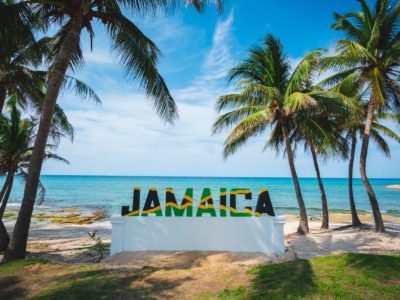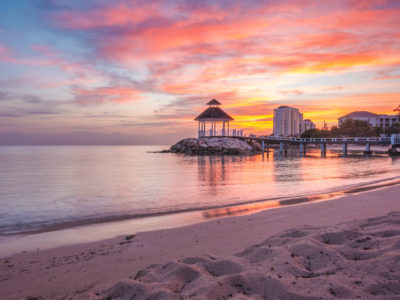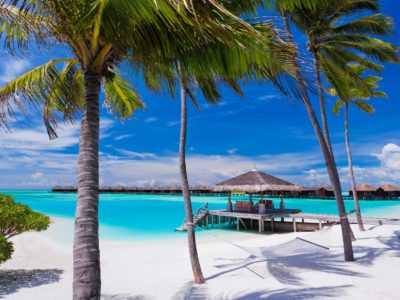In 2019, Jamaica had 4 million tourists visit its country in order to experience the culture of this beautiful island nation. However, while a lot of people have yet to visit this captivating island, there are so many interesting facts about Jamaica they haven’t heard of. And perhaps, if they knew everything it has to offer, they would be more inclined to visit one day and explore the area themselves. So if you’re interested in learning more about this amazing country, keep reading for some facts about Jamaica you may not know about!
Table of Contents
Facts About Jamaica
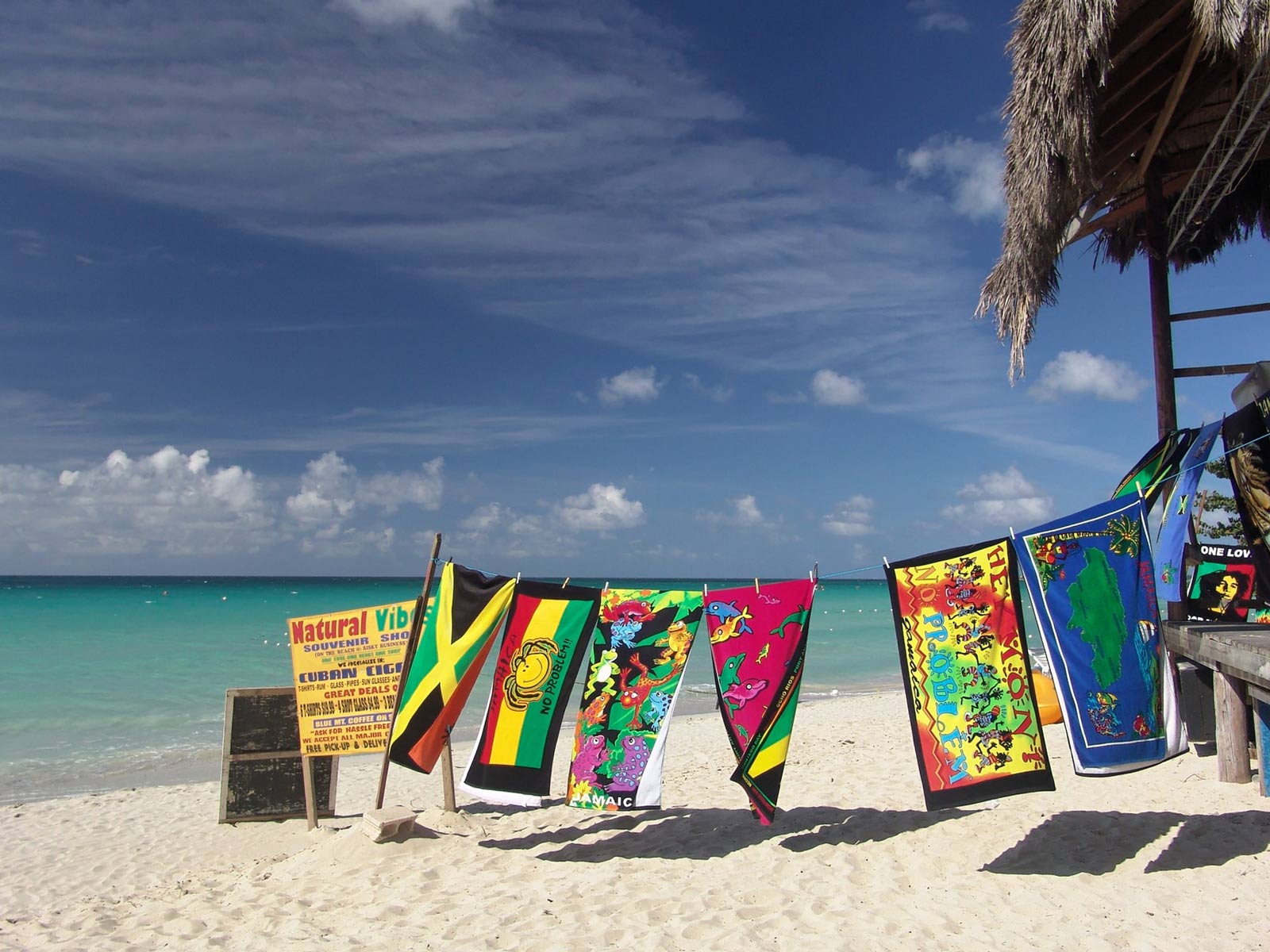
Jamaica’s diversity comes from its settlers and how they have adapted over the years. From gaining its independence to producing Olympic medalists, it’s safe to say that this place is very unique.
1. Jamaica is the Third Largest of the Caribbean Islands
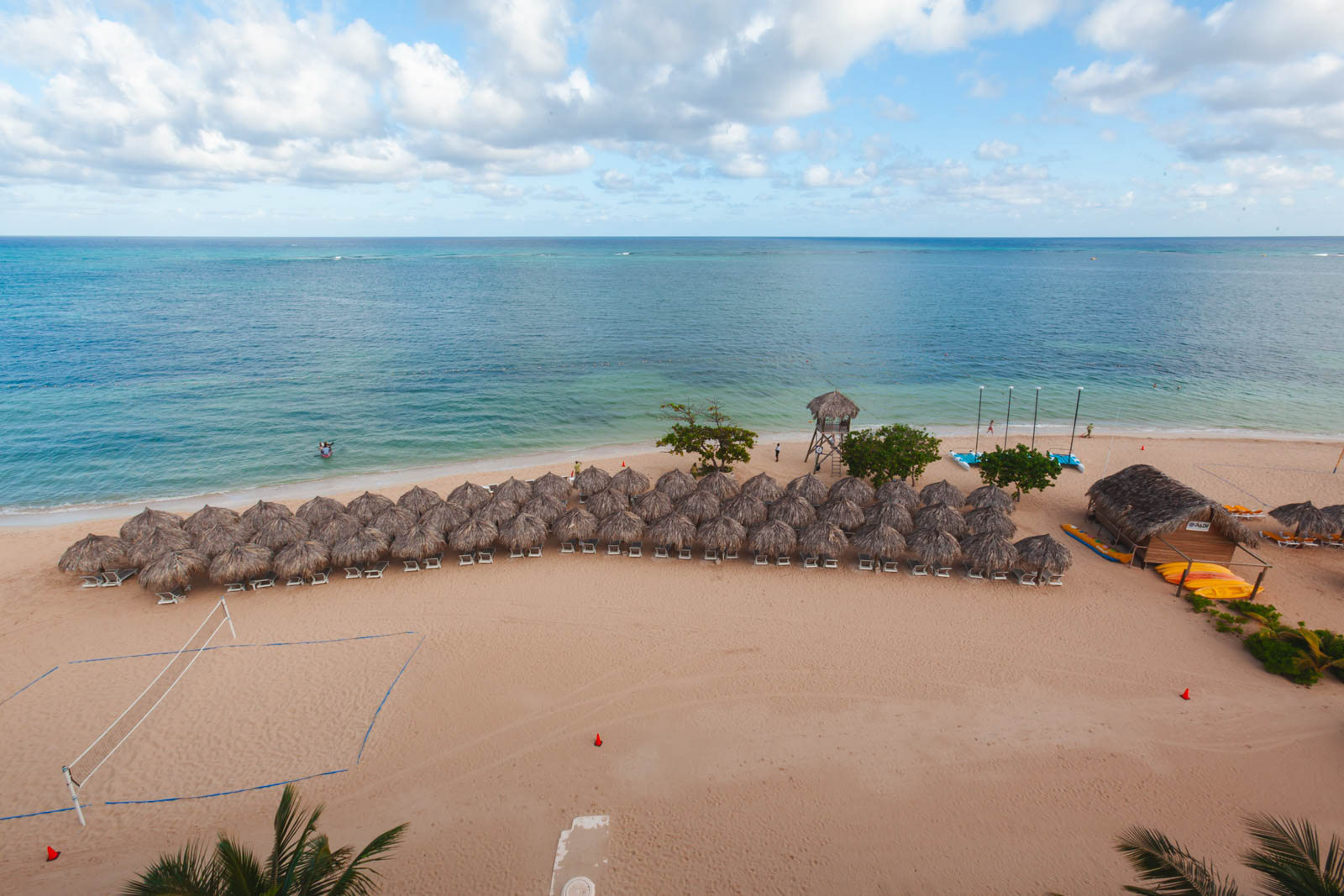
As the third largest island in the Caribbean, Jamaica’s landmass is surpassed only by Cuba and Hispaniola, the island shared by the Dominican Republic and Haiti. This notable ranking underscores Jamaica’s substantial geographical footprint, which plays a significant role in its ecological diversity, cultural richness, and economic significance in the region.
The island’s size contributes to its status as a major destination for tourists and a hub for cultural exchange, further highlighted by its proximity to the largest Caribbean island, Cuba, which lies just to the north. This geographical kinship with Cuba and Hispaniola adds a layer of historical and cultural connection that is as deep and complex as the Caribbean waters themselves.
2. Tourism
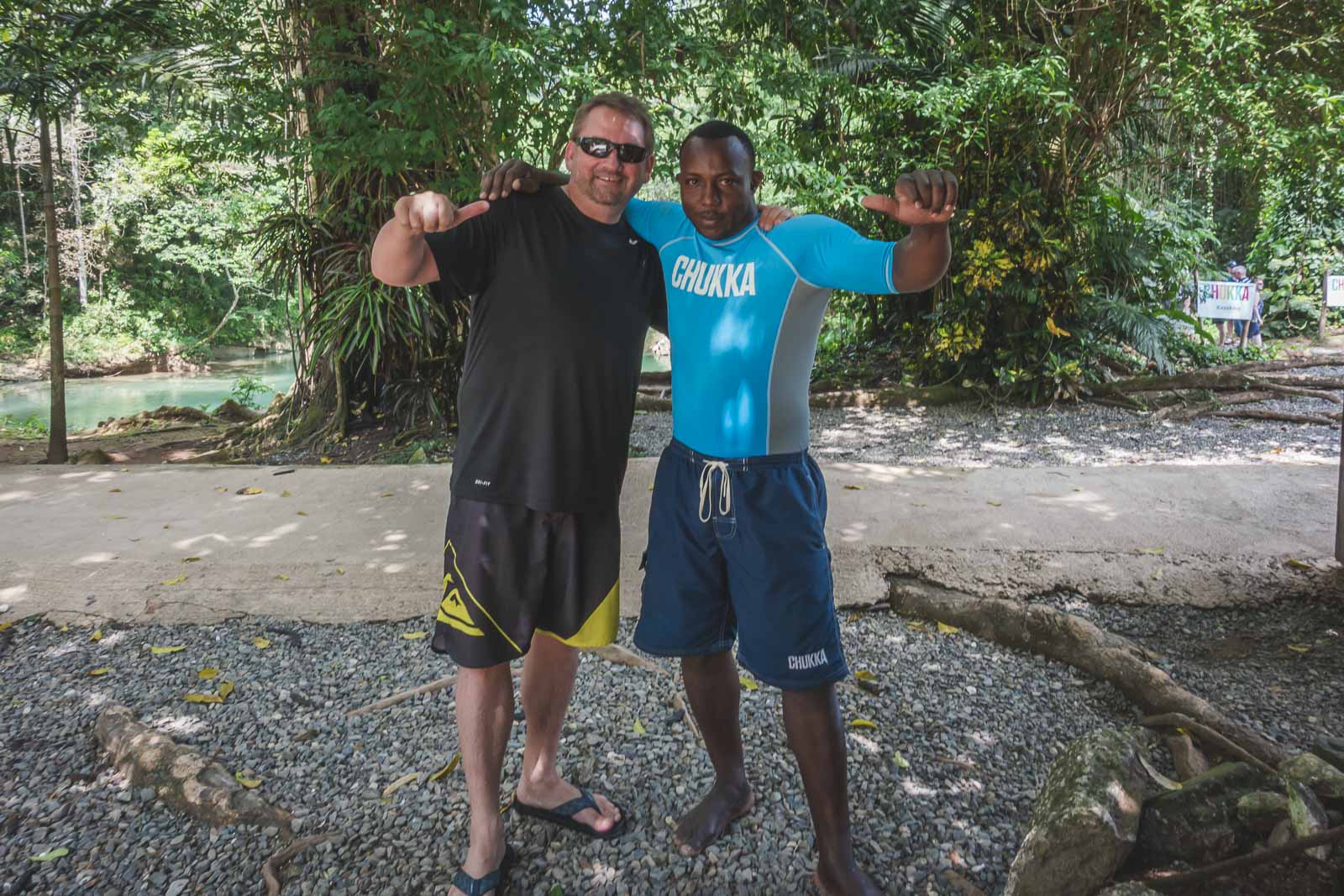
Thanks to its tropical climate, tourism is Jamaica’s most important economic industry. Meaning, that the country makes most of its money from the people who visit. It is also one of the most popular places to visit on Earth. Iconic places like Dunn’s River Falls, Negril and Ocho Rios attract visitors from around the world.
And because the people are so hospitable, many return year after year. People love to explore the 50 public beaches around the island for their beauty. And when tourists leave the island, they’re charged a mandatory departure tax of $22.
3. James Bond Novels
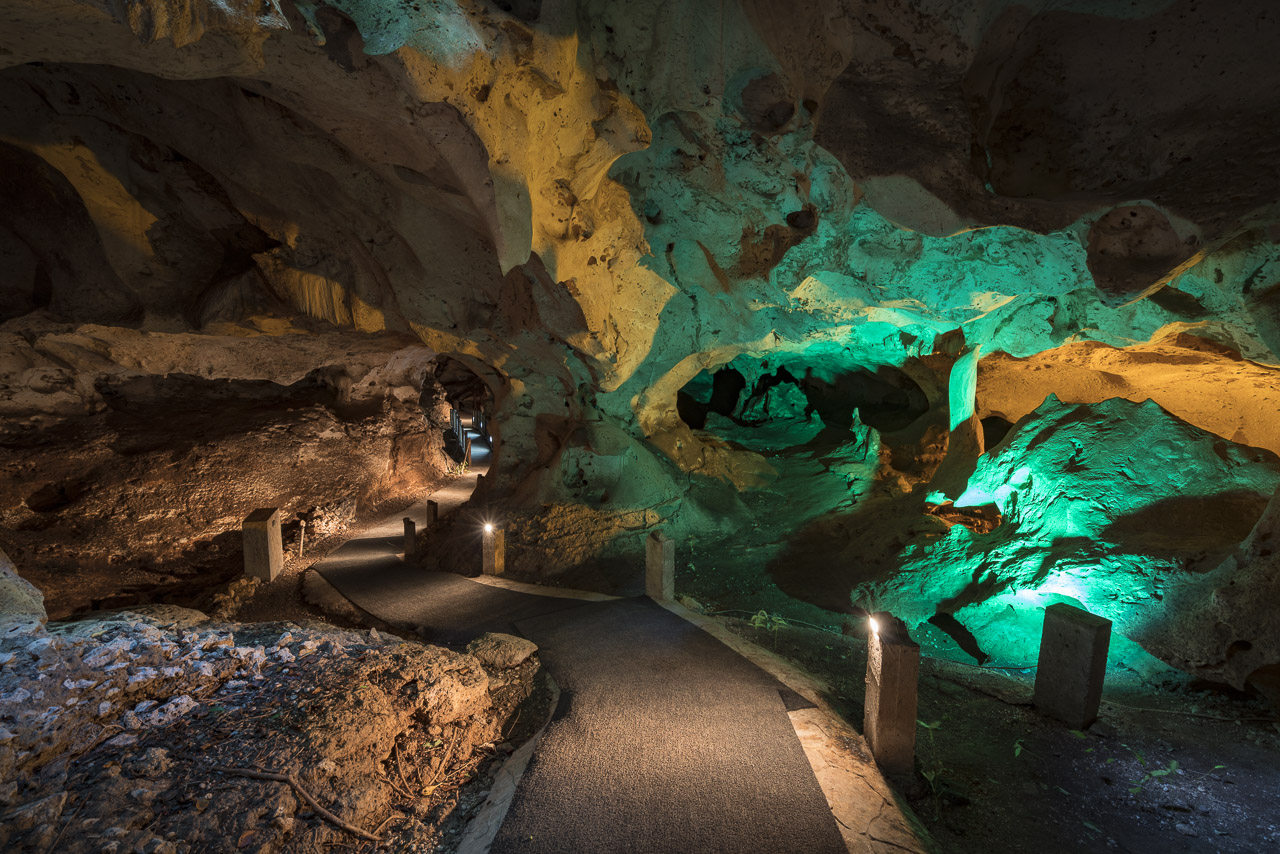
Ian Fleming was once working for the Naval Intelligence Division of Britain but was located in Jamaica. Not surprisingly his operation was named “Goldeneye.” Soon after he decided to extend his time in Jamaica and bought land to live on.
So that’s when the inspiration for the James Bond novels came into play. He created all 14 James Bond novels while living in Jamaica. Additionally, the first movie Dr. No was also filmed here and they returned again for Live and Let Die.
4. Jamaican Flag
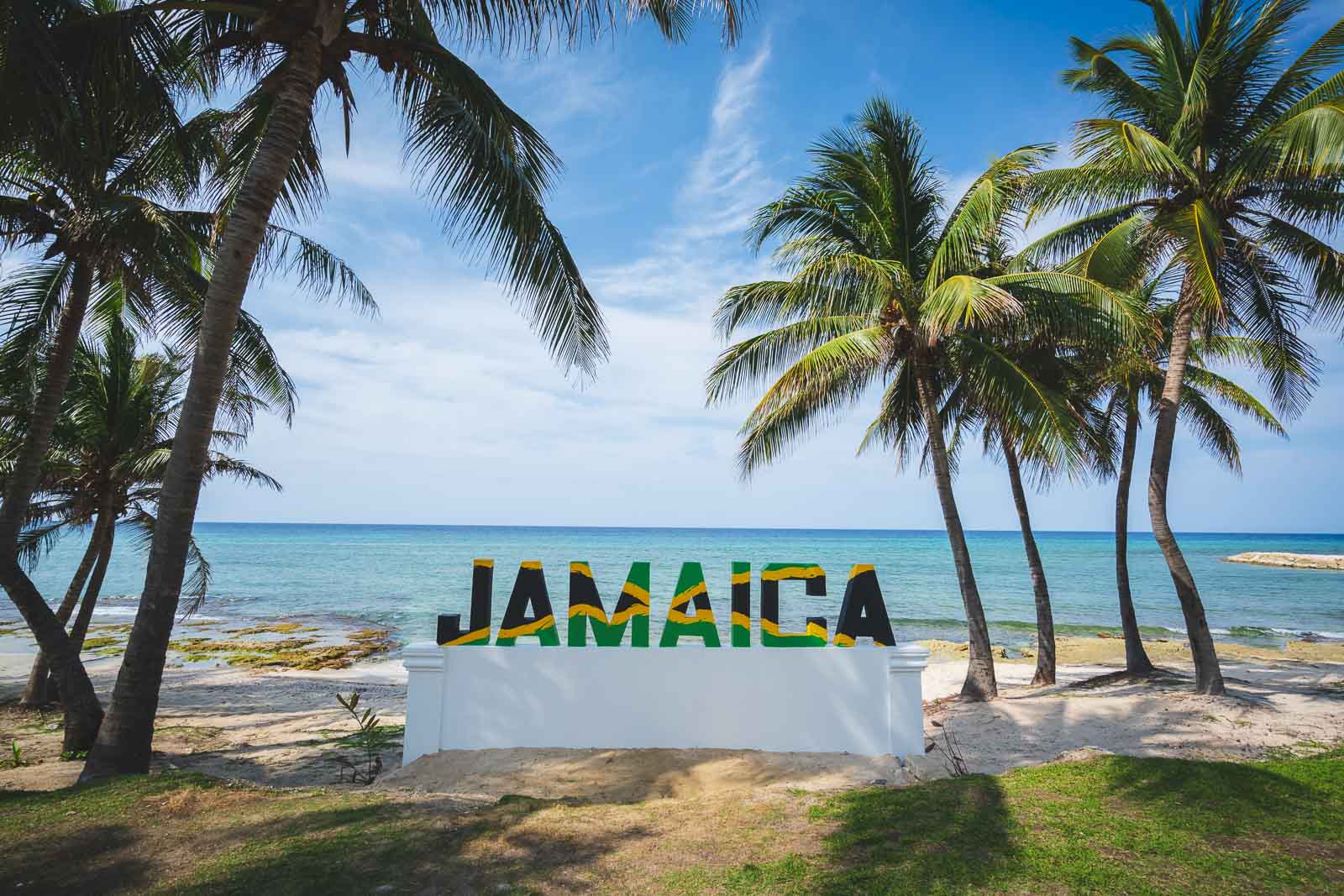
The Jamaican flag came into existence when Jamaica gained its independence from Britain. And many don’t know, but it actually came from a national flag design competition. It consists of gold, green, and black.
The gold stands for Jamaica’s natural beauty of sunlight. The green stands for agriculture and hope. And the black stands for the strength and creativity of its people.
Jamaicans take great pride in their flag and hold it to a high standard when flown.
5. Bobsled Team
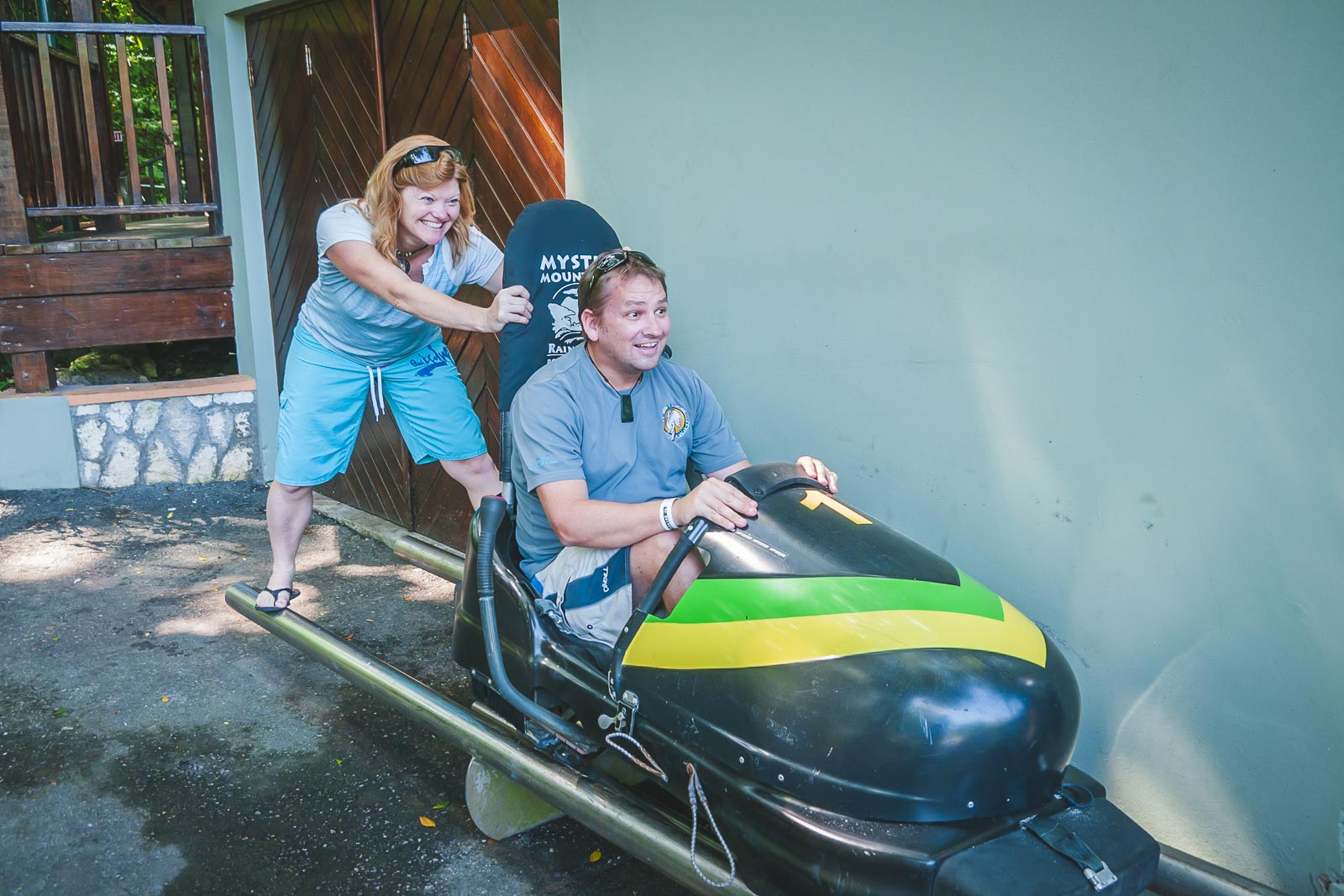
When you think of Jamaica, the last thing you think of is snow. And it’s known for its drastically hot weather as well. But for some reason, they were very determined to create a bobsled team.
They were the first tropical country to participate in the Winter Olympics. And in 1988 they had their own Olympic team. Sadly, they placed last but had a noble effort. However, they went on to win a gold medal at the World Push Championship in Monaco in 2000. Plus, the film “Cool Runnings” was inspired and later became a box office hit.
6. Home to Usain Bolt
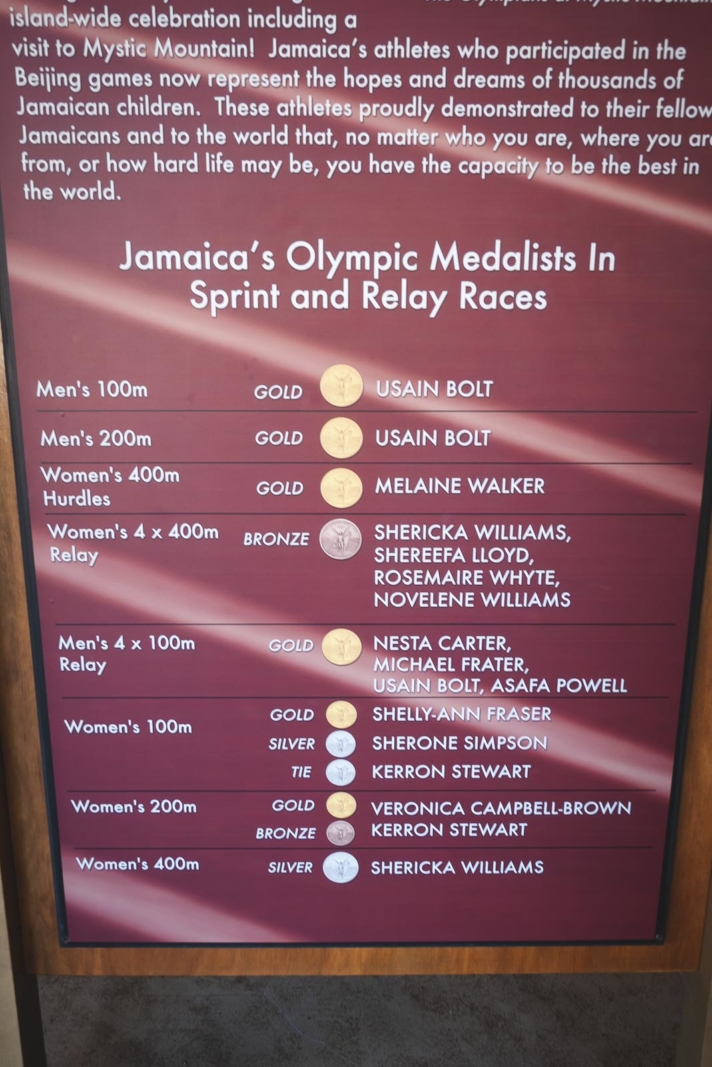
Jamaica is known for its athletes making headlines at the Olympic Games. Usain Bolt is very well known as the world’s fastest man. And of course, his home nation is Jamaica. He held the record for the fastest hundred and two hundred meters and was a recognized Olympian all over the world. In fact, he is an eight-time Olympic medalist and retired in 2017.
Jamaica is also home to Yohan Blake and Asafa Powell, two highly regarded sprinters as well. Many credit the Jamaican’s diet and history to their speed and why they are some of the fastest men in the world.
7. A Lot of Churches
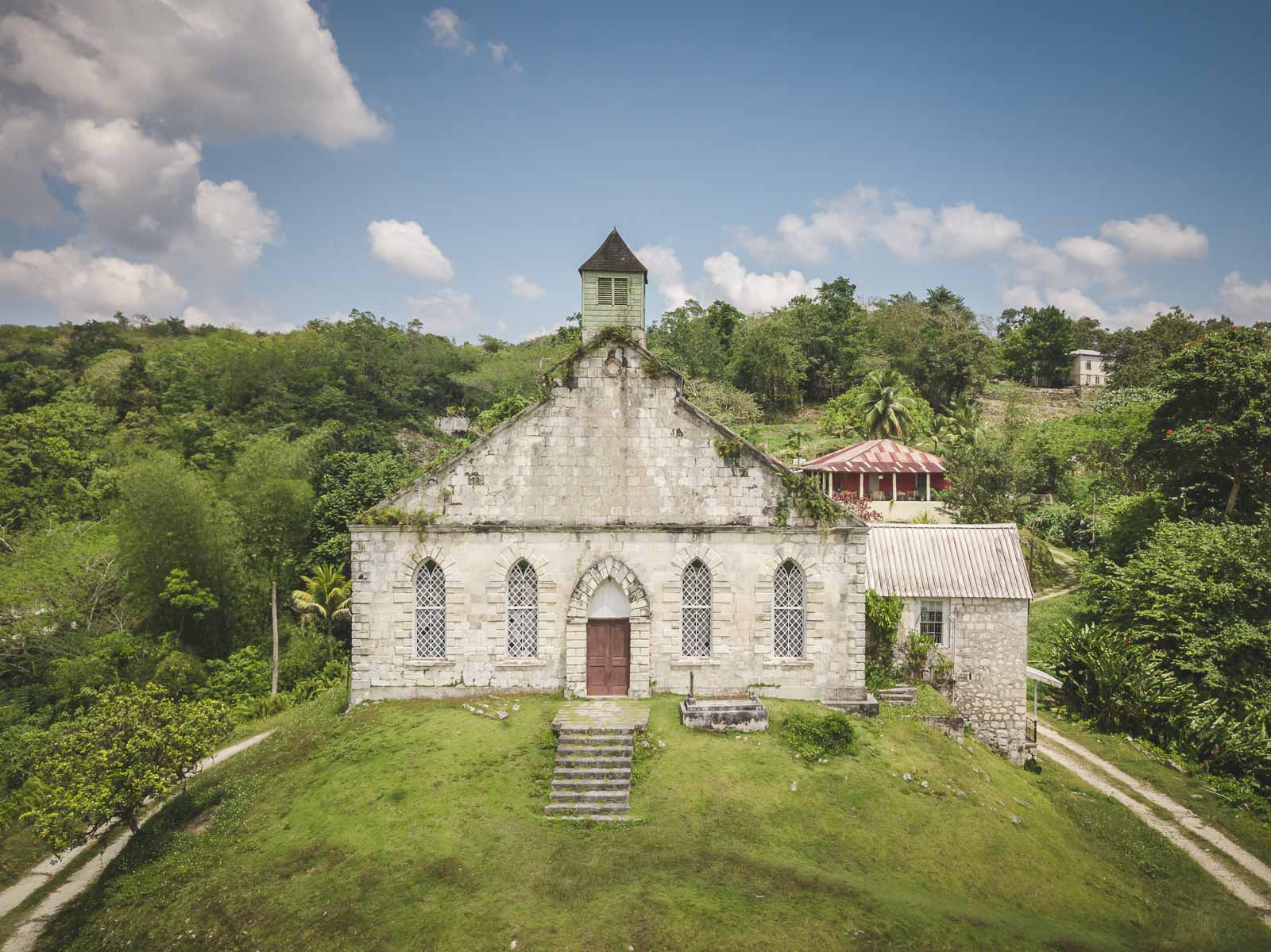
Jamaica has the most churches in the world per square mile in its small towns. In fact, the National Library of Jamaica says that there are about 2.75 churches per square mile. It is also a recognized record held by the Guinness World Book of Records.
With over 1,600 churches in the area, it’s safe to say that Jamaicans take their Christianity in a serious way. However, there is no set religion amongst the people as many participate in Baptist, Catholic, Pentecostal, and other religious beliefs.
8. Even More Rum Bars
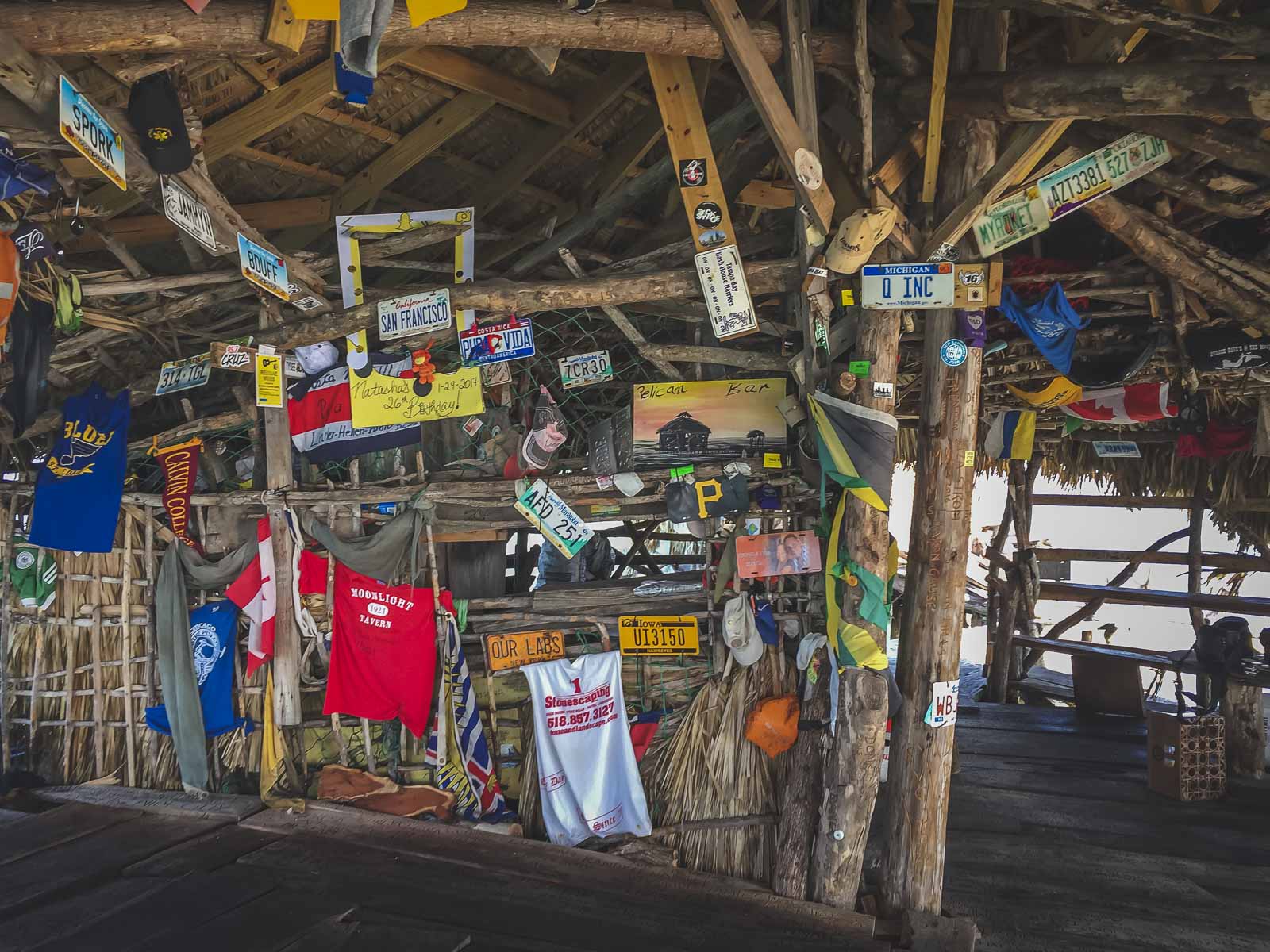
Jamaica is also famous for having the most rum bars per square mile. And that’s because Jamaica was the first place to produce rum for export before piracy.
Rum is used for drinking, cooking, and first aid in Jamaica. And don’t underestimate it when drinking. It is extremely potent and even banned in some places. It’s also famous for having the most expensive rum in the world. It’s called Appleton Estate 50-Year Rum and costs over $4,000 per 750ml.
9. Blue Mountain Coffee
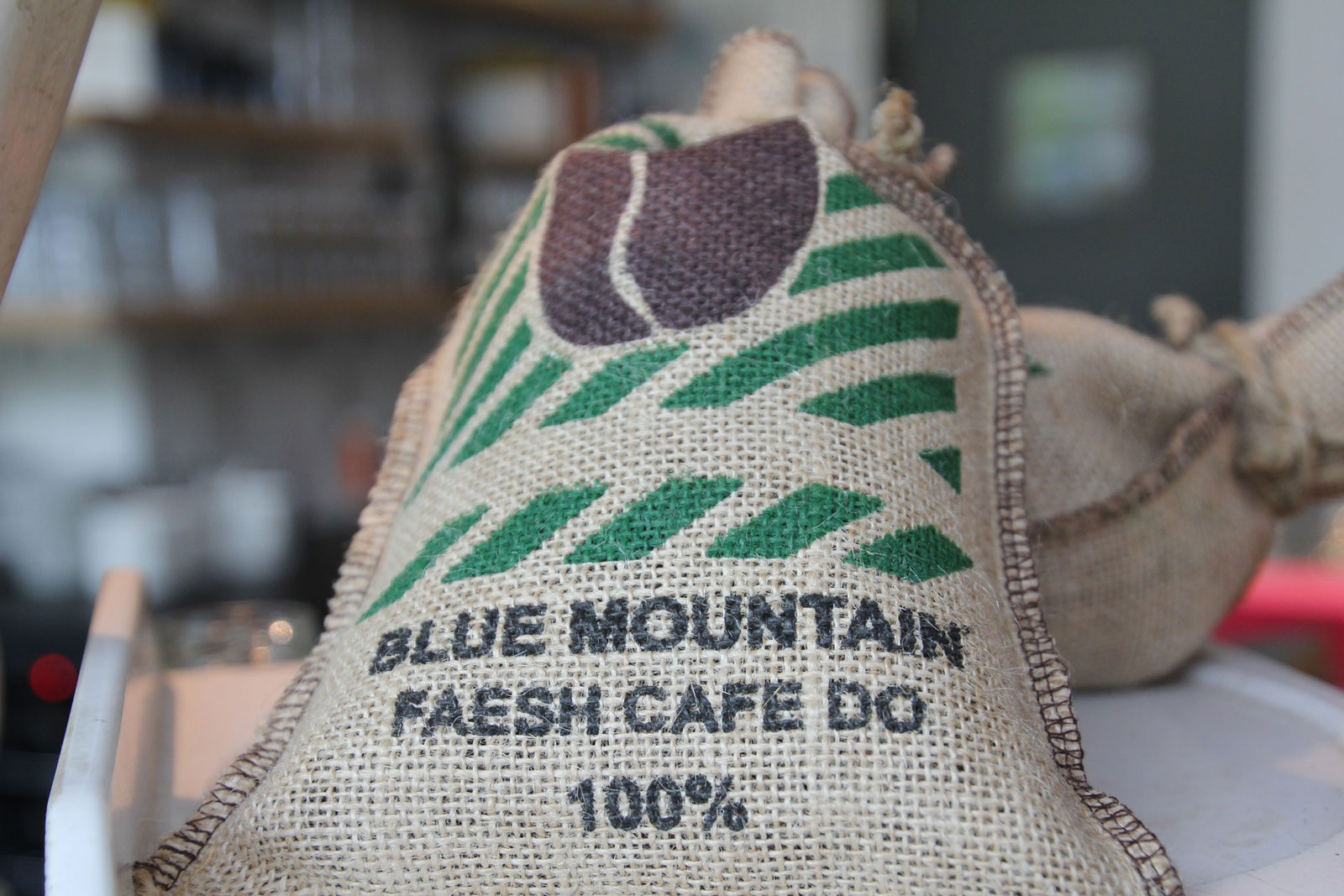
The coffee’s history dates back to 1728 and it has since become synonymous with Jamaica’s coffee fame. The cultivation process is rigorously controlled by the Jamaica Coffee Industry Board to ensure only the highest quality beans are designated as Blue Mountain Coffee??. The growing conditions are ideal due to the region’s high altitude, the soil’s rich nutrients, and the unique climate which includes a dense fog that slows cherry ripening, allowing more time for flavor development??. Organic and environmentally friendly farming practices are also key, with an emphasis on hand-harvesting and avoidance of agrochemicals. T
he coffee is “wet or washed,” meaning the fruits are pulped before drying and then fermented, which enhances the coffee’s flavor profile??. After drying, beans undergo strict quality control and only the best are packaged and exported as Blue Mountain Coffee, often in distinctive wooden barrels??. The meticulous attention to these details results in a coffee that is celebrated for its mild flavor and lack of bitterness, making it one of the most sought-after in the world.
10. Jamaica is English Speaking
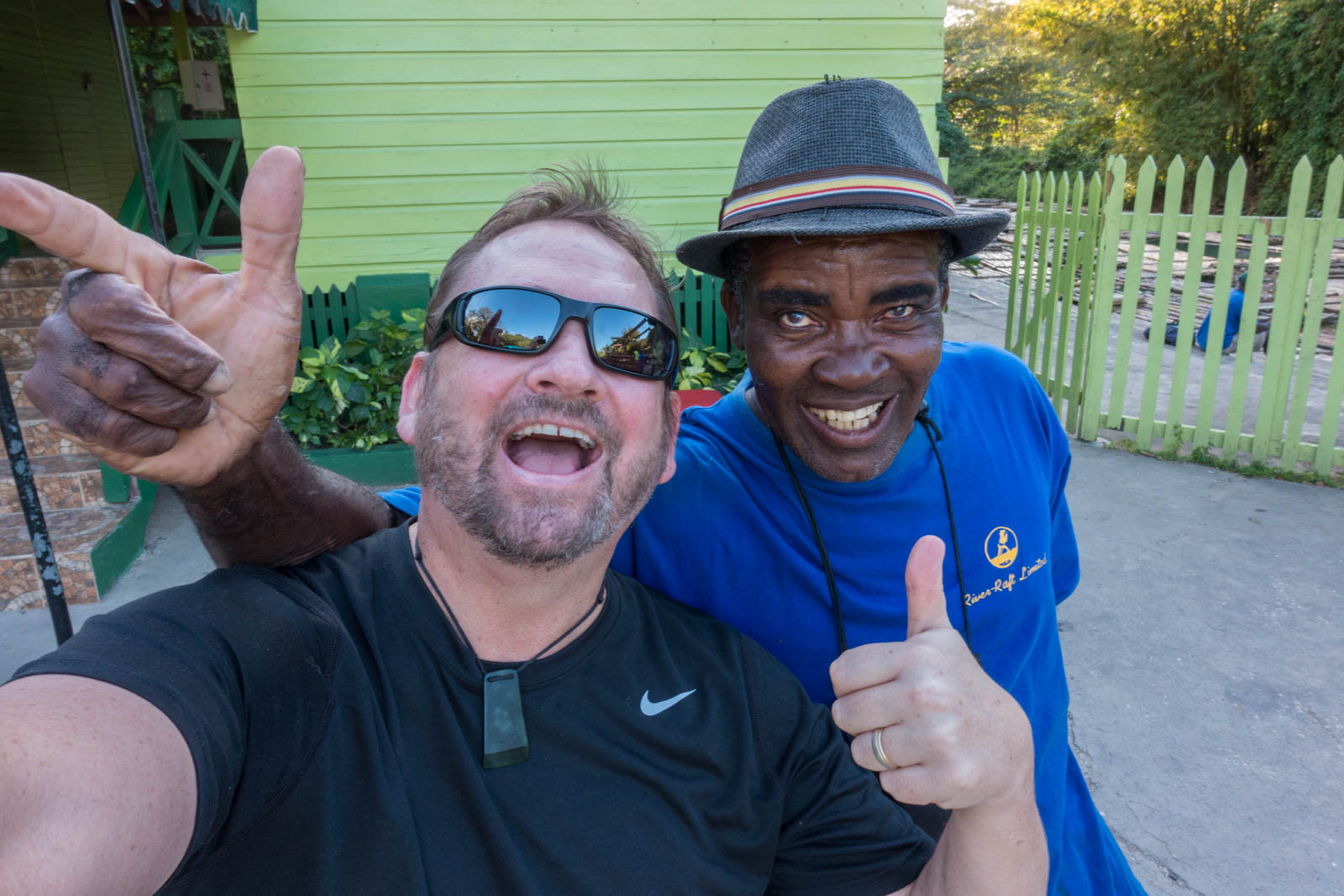
In the Caribbean, Jamaica is the largest English-speaking island. And since the national language is English, the locals have derived their own versions. Known as Jamaican Patois, most Jamaicans speak this language that is English and Creole-based. It also has strong West African hints and influences. Louise Bennett Coverly is credited with the promotion of Patois. She established it as a real way of communicating and is also seen as one of Jamaica’s most regarded cultural people.
Another fun fact is that even though Creole or Patois is commonly spoken, they are not written languages. Jamaica even became the first English-speaking Caribbean country that qualified to play in the World Cup.
11. Once a Spanish Speaking Country
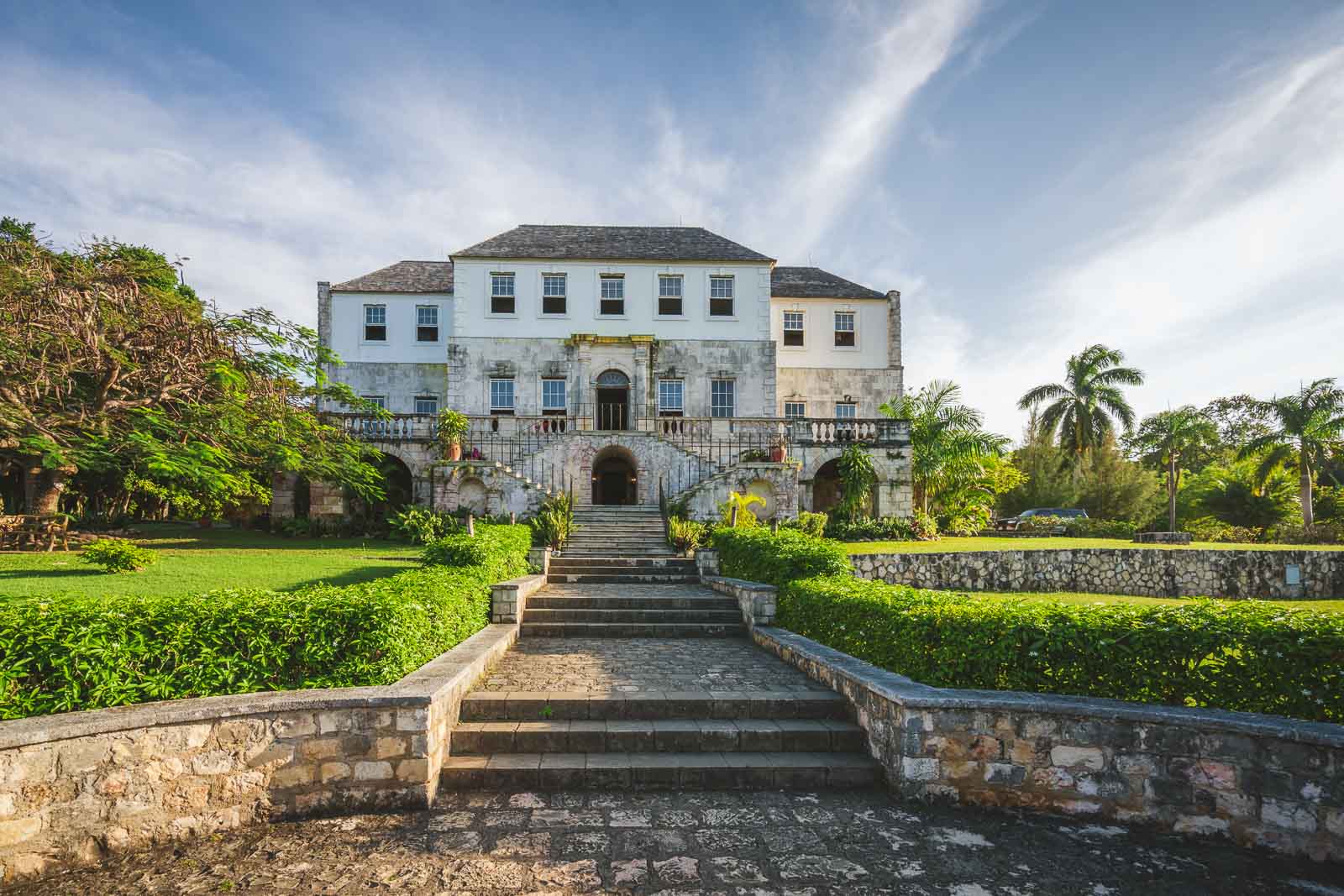
From 1509 to 1655, the Jamaican country was once ruled by the Spaniards. And that’s why you’ll find many of Jamaica’s towns have Spanish-inspired names to this day.
There are still buildings located in the area that the Spanish constructed as well. Many people still visit these buildings for their rich history. Tourists especially love to view their construction and stylings.
However, the English soon took over the country since the Spanish no longer took interest in this particular place and because there were hardly any soldiers left in the area to defend their rule.
12. Home to the Largest Butterflies in the Western Hemisphere
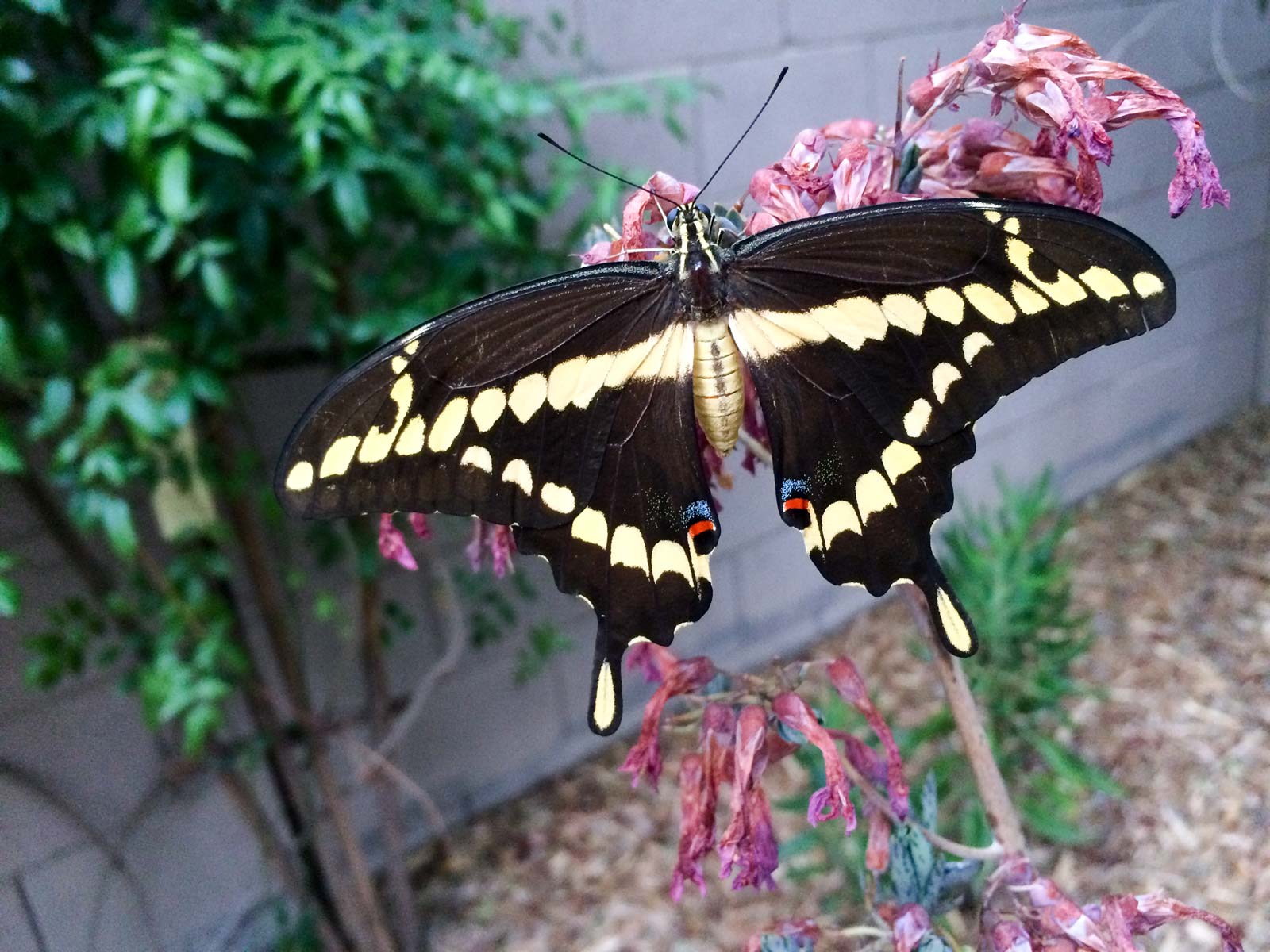
The island is the sanctuary for the Homerus swallowtail, the largest butterfly species in the Western Hemisphere. Known scientifically as Papilio Homerus, this magnificent creature boasts a wingspan reaching up to 6 inches (15 cm), making it larger than many birds found on the island??.
Endemic to Jamaica, the Homerus swallowtail, unfortunately, flutters on the brink of extinction, with its numbers so precariously low that conservationists call for urgent conservation and captive breeding efforts to ensure its survival??. Historically, this species inhabited seven of Jamaica’s 14 parishes, flourishing in at least three distinct populations. Today, however, only two stronghold populations persist one in the rugged terrain of Cockpit Country and the other in the Blue and John Crow Mountains??.
13. First in Independence
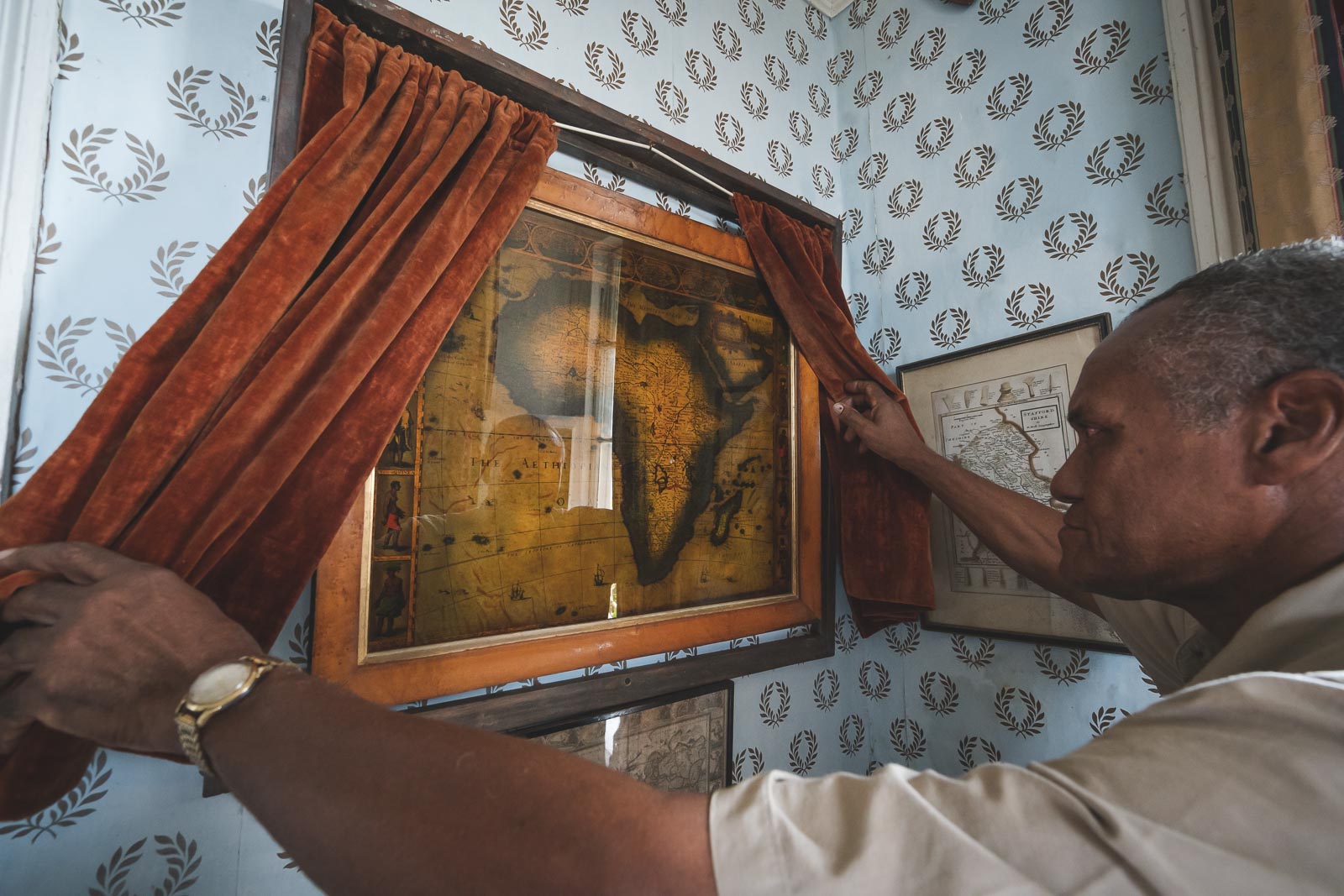
Jamaica gained its independence in 1962 from Britain. In fact, it was the first Caribbean country to do so. However, they chose to stay a member of the British Commonwealth. Therefore, remaining under Queen Elizabeth II by tradition only.
The original people of Jamaica were of Taino descent. However, they were nearly all victims of disease and slavery. During the 19th century, Jamaica was populated with the freed slaves from the British and Spanish. And many of those freed slaves were the first settlers of the area.
14. Bob Marley – Cornerstone of Jamaica’s Cultural Identity
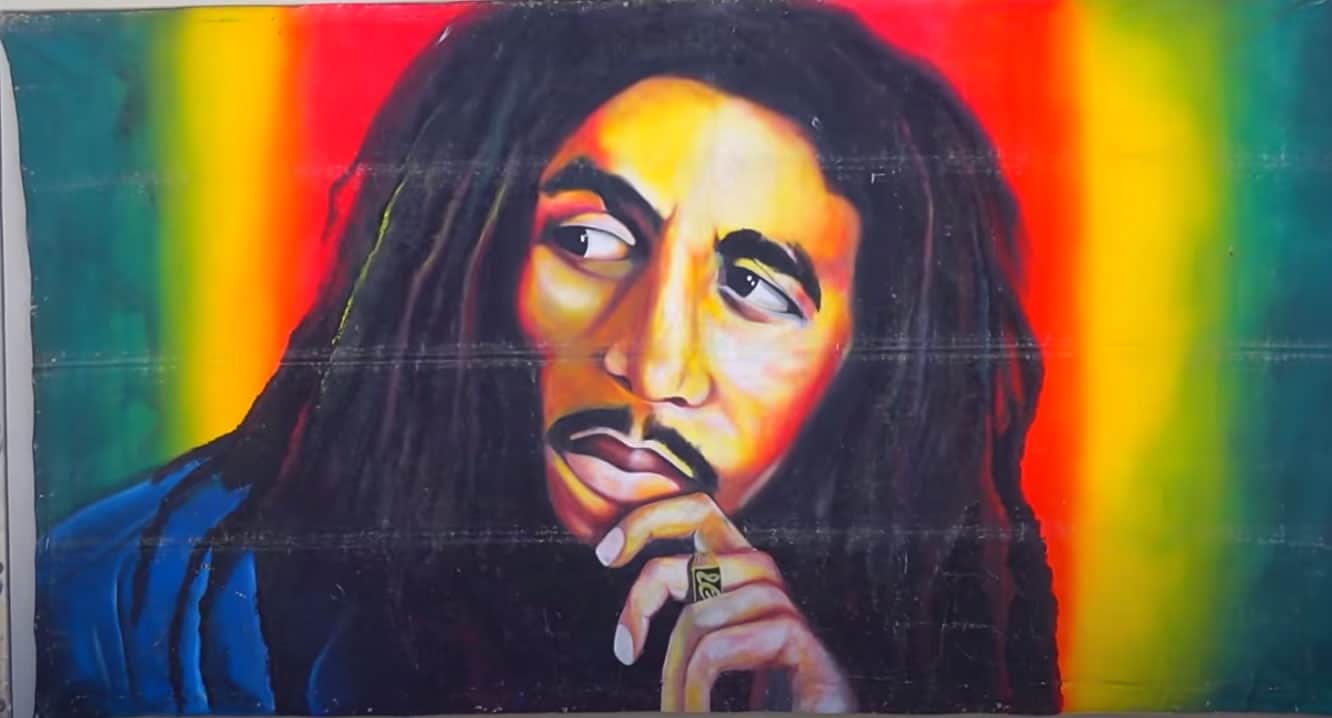
Bob Marley’s legacy is a cornerstone of Jamaica’s cultural identity, resonating through the vibrant rhythms of reggae music that have become synonymous with the country’s spirit. As Jamaica’s most illustrious son, Marley’s music continues to captivate the world, embodying the island’s history, struggles, and aspirations.
His messages of love, unity, and resistance transcend time and borders, making him a global icon and a proud symbol of Jamaican heritage. Visitors to Jamaica are often moved by the palpable influence of Marley’s artistry, evident in the island’s rhythmic heartbeat and the profound respect he garners worldwide. His home and recording studio, now the Bob Marley Museum, is a pilgrimage site for fans, preserving the flame of his legacy and ensuring that the essence of Jamaica’s rich musical landscape endures.
15. Birthplace of the Rastafarian Movement
One of the most compelling elements of Jamaica’s cultural tapestry is the Rastafari movement, a religious and political ideology that emerged in the 1930s. Rastafari blends Protestant Christianity, mysticism, and a pan-African political consciousness.
Rastafarians hold steadfast beliefs in being tested by Jah (God) and that people of African descent are living in exile. It was after the crowning of Haile Selassie I as Emperor of Ethiopia that the movement gained momentum. The movement has profoundly influenced global culture, particularly through reggae music, popularized by iconic figures like Bob Marley, making Rastafari far more than just a religious belief—it’s a cultural force that encapsulates a distinct worldview and a spirited way of life
16. Huge Pirate History
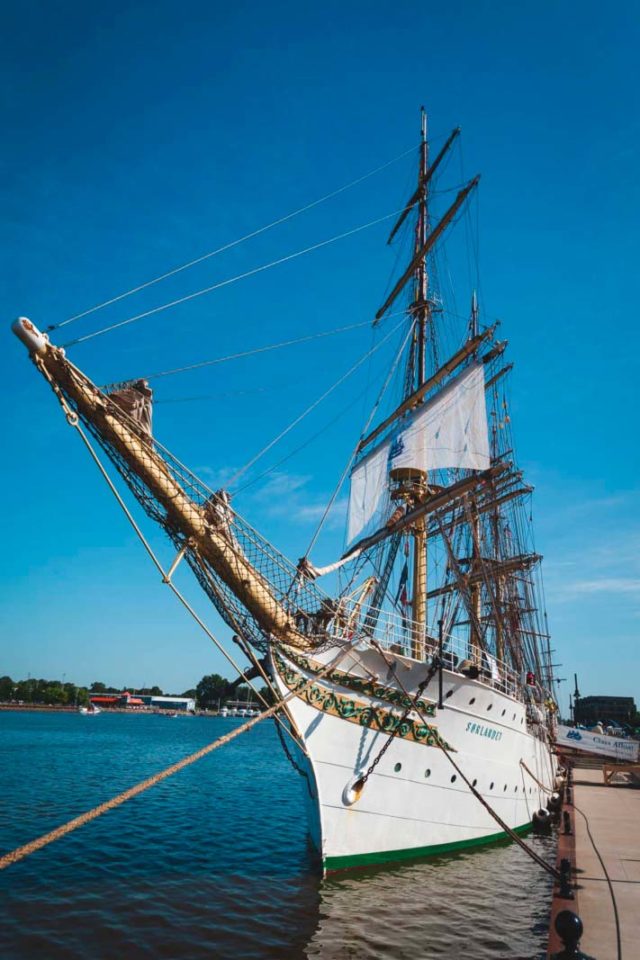
Jamaica’s pirate history is a thrilling chapter of the island’s past, drawing visitors intrigued by tales of swashbuckling adventures and hidden treasures. The infamous Port Royal, once known as the “wickedest city on earth,” serves as a testament to the era when notorious pirates like Calico Jack and Blackbeard roamed the Caribbean waters, using Jamaica as their base.
This historical allure adds a layer of mystique to Jamaica’s already rich culture, inviting travelers to explore the sunken pirate city, learn about the daring exploits at local museums, and even embark on pirate-themed tours. The island’s pirate legacy contributes to its unique charm, making it an enthralling destination for those looking to delve into the real-life stories of piracy that once dominated the turquoise waves of the Jamaican coastline.
17. Ackee and Saltfish are its National Dish
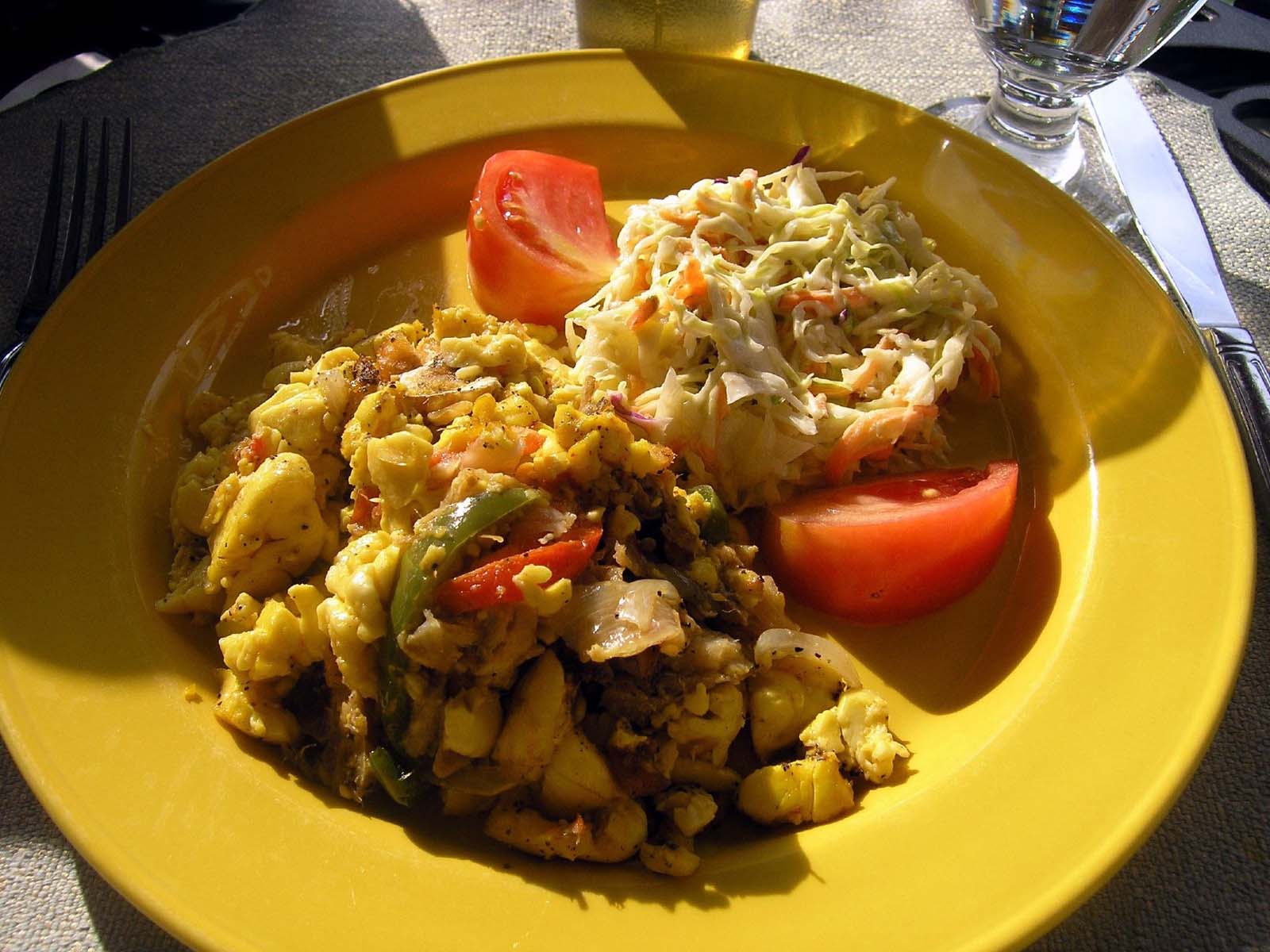
Everyone knows about Jamaican Jerk Chicken, however, it is not the national dish of Jamaica. That crown goes to Ackee and Saltfish. Ackee and saltfish is a savory meal, a hearty combination of sautéed saltfish and boiled ackee. It is enriched with a medley of aromatic herbs and spices like onions, thyme, Scotch Bonnet peppers, and tomatoes??.
The dish’s main component, ackee, is the national fruit of Jamaica, yet neither ackee nor saltfish are indigenous to the island. This breakfast staple, with roots dating back to the 18th century, reflects Jamaica’s complex colonial history??. Ackee and saltfish is as iconic to Jamaica as figures like Bob Marley and the ever-popular jerk chicken. Read more: Jamaican Food
Interesting Facts About Jamaica
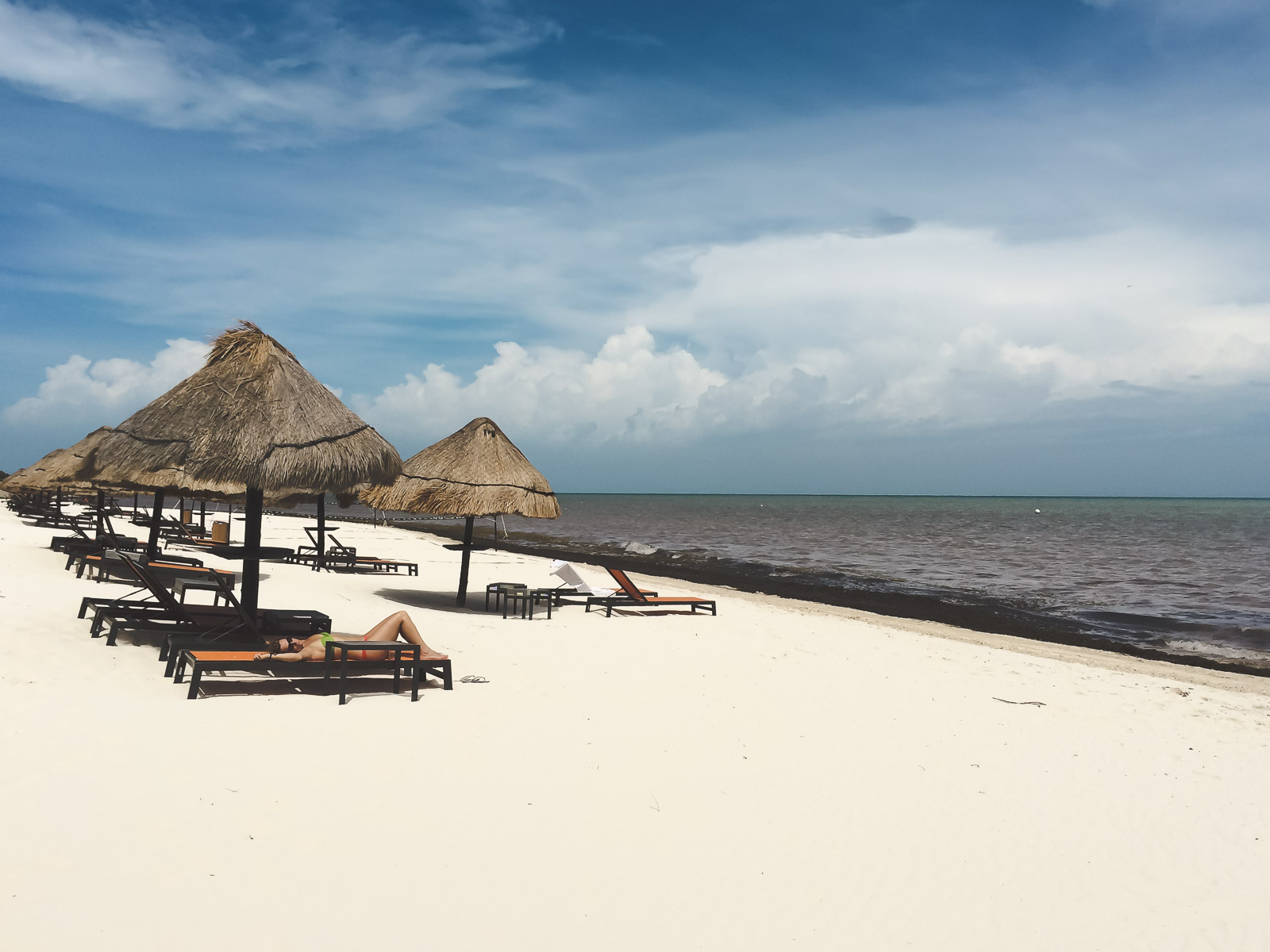
All of these facts about Jamaica are more of a reason to visit one day in the future! You’ll be so immersed in learning more and more about the country itself.
Kingston is the Capital City of Jamaica
National Bird of Jamaica is the streamertail hummingbird (aka Doctor Bird)
What are 5 Interesting Facts About Jamaica?
- Jamaica is renowned for its cultivation of sugar cane, bananas, and mangoes, although none of these are indigenous to the island. The original inhabitants, the Arawaks, cultivated corn and yams??.
- The country is the producer of Blue Mountain Coffee, one of the rarest and most expensive coffees globally??.
- It’s the third-largest island in the Caribbean, following Cuba and Hispaniola??.
- Jamaica was the first country in the Western world to construct a railway, just 18 years after Great Britain??.
- The island was once a Spanish-speaking country under Spanish rule from 1509 to 1655, which is reflected in many place names today??.
Tell me 2 Historical Facts About Jamaica.
- The Arawaks from South America were the original inhabitants of Jamaica, calling the island Xaymaca, meaning “land of wood and water.” Their peaceful existence ended with the arrival of the Spaniards after Christopher Columbus discovered the island in 1494??.
- Columbus landed in Jamaica on his second voyage in 1494, initially encountering hostility from the Arawak Indians. Despite no gold being found, the Spaniards claimed the island, leading to the Arawaks’ demise due to overwork, mistreatment, and diseases brought by the Europeans??.
How Old is Jamaica?
Age of Jamaica as a Country. Jamaica is 61 years old as a country, having been founded in the year 1962??.
Origin of the Name “Jamaica”:
The name “Jamaica” originates from the Arawak word Xaymaca, which Columbus heard as “Jamaica.” The Arawaks used this name to describe their island homeland long before the arrival of Europeans??.
When compiling these facts into your article, you can enrich the content with additional context and details from the cited sources to ensure it is informative and engaging for the reader.
And once you take a deep dive into the area, you’ll find even more interesting facts about Jamaica to explore. Its culture and people are rich in diversity, which makes it such an exciting place.
And don’t forget to visit our site when traveling to your next destination for any tips and tricks you might need! We will assist you with everything you’ll ever need to know about your next adventure!
Plan Your Trip to Jamaica With These Resources
- Jamaican Food – 20 Traditional Dishes You Have To Try
- 33 Of The Best Things To Do In Jamaica
- 22 Things To Do In Montego Bay
- Green Grotto Caves – The Natural Beauty Of Runaway Bay
- Swimming With Horses In Jamaica
- 11 Reasons Why Couples Will Love A Honeymoon In Jamaica
- The Best All-Inclusive Resorts for Adults in Jamaica

